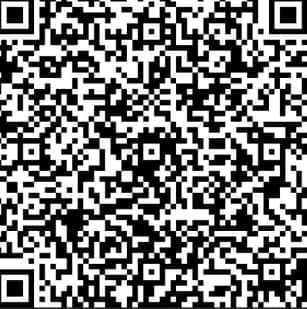










GAUD Dataset - Global Urban and Agricultural Land Use Dynamics
Explore the GAUD dataset, o...
Tags:文章目录[隐藏]
GAUD Dataset Overview
The Global Urban and Agricultural Land Use Dynamics (GAUD) dataset is a comprehensive resource that maps the annual dynamics of global urban change and green space recovery from 1985 to 2015. Organized at a 30-meter resolution, it covers 224 global 10-degree grids, providing a detailed spatiotemporal record of urban expansion and land use transformation.
Accessing the GAUD Dataset
For those interested in accessing the GAUD dataset, the official entry point is available at Figshare, where users can directly download the dataset.
Language Support
The GAUD dataset, being a data-driven resource, does not inherently involve language. However, the associated documentation and descriptions are primarily in English. Users requiring multilingual support may need to utilize translation tools for their specific needs.
Features of the GAUD Dataset
The dataset is segmented into three parts: (1) Annual urban dynamics and green space recovery data; (2) Urban extent interpretation samples for the years 1985 and 2015, along with the urbanization years; (3) Demonstrations of NUACI calculations and urbanization year detection.
Industries and Fields
The GAUD dataset serves a wide range of industries and fields, including urban planning, environmental science, geographic information systems (GIS), and sustainable development research. It is particularly valuable for understanding the global urbanization process, strategizing urban development, and assessing the ecological impact of urbanization.
Usage Scenarios
The GAUD dataset is designed to be utilized in various scenarios such as:
- Assessing urban development patterns and planning future urban layouts.
- Analyzing the impact of land use changes on ecosystems and the environment.
- Serving as a foundational dataset for GIS analysis, spatial analysis, and modeling.
- Evaluating the impact of urbanization on sustainable development goals.
Related Links
For further information and to access the GAUD dataset, please visit the Figshare page. The dataset is provided in GeoTiff format, which is convenient for processing and analysis in GIS software.
Reference Sources
This report has been compiled using information from the following sources:




